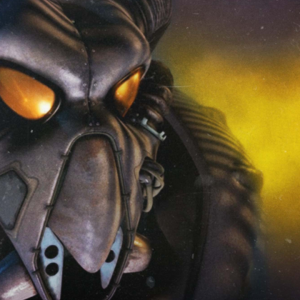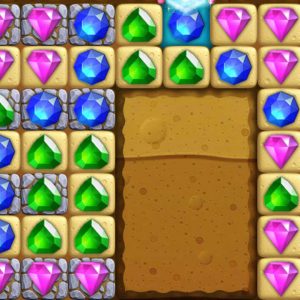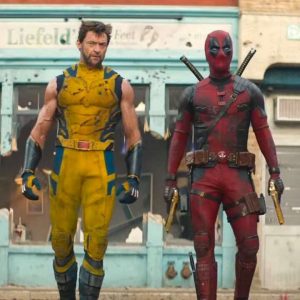For a long time, perhaps due to the infancy of the medium, there was no “right” way to advertise home video games. As a result, some of the earliest video game companies—including some we now recognize as major industry players, like Nintendo—ended up creating some of the most bizarre TV commercials, print ads, and odd commemorative condoms known to civilization.
Video game ads became especially perplexing in the early 2000s, when ‘80s babies were old enough to have warm and fuzzy memories of Super Mario Bros. As a result, video game studios didn’t need to try as hard to recruit consumers, like Sega did in one “I want you for Sega Master System” kind of TV spot back in 1986. Techno-utopianism was also the 2000s’ core aesthetic belief (as it is, again, today). All companies needed to do was cut through the noise of *NSYNC and butterfly-shaped hair clips and remind you that video games also existed.
“In no other form of society in history has there been such a concentration of images, such a density of visual messages,” art critic John Berger wrote about advertising in his formative, and perennially relevant, 1972 book “Ways of Seeing.” “One may remember or forget these messages but briefly one takes them in, and for a moment they stimulate the imagination by way of either memory or expectation.”
Video game companies wanted to extend that moment with you. They wanted you to see their products as essential but otherworldly, like the health elixirs and obedient dragons that lived inside them.
Scaring the shit out of you was one easy way to do that. If a video game was like lucid dreaming, a video game ad could be like sleepwalking through a black hole. So in 2002, Microsoft tried to earn its then one-year-old Xbox a reputation for memorable advertising, and it worked. That year, the BBC received 136 complaints about an original Xbox ad showing a screeching, freshly delivered baby careening across the galaxy toward its future as a dead old man, ultimately slamming into its grave.
“Life Is Short,” the ad instructed. “Play More.” (“It’s so crass it’s profound,” journalist Rob Walker wrote in Slate at the time).
By the time the PlayStation 3 rolled out in 2006, Sony’s brand was also synonymous with bizarre and even offensive advertising. “Disturbing Playstation Ad Will Put You Off Video Games Forever,” declared one Gawker headline in 2008. “Let me try to paint a verbal picture for you: It’s a guy with a thumb for a penis,” Hamilton Nolan wrote.
Yeah, they really went for it. But unorthodox advertising helped establish games as a lucrative and artistic industry.
The now-$384 billion global video game industry has, for the most part, overgrown its need for Lynchian magazine campaigns and high shock value. We have Twitch streamers for that.
Aspects of weird video game ads live on in antagonistic social media “brand” accounts, but the mainstream video game industry is currently a serious adult. It wears button-downs and acts like it can’t remember its more eccentric days. But a lot of the ads it created decades ago are too strange to forget—that was the whole point of them.
Here are some of our favorites.























